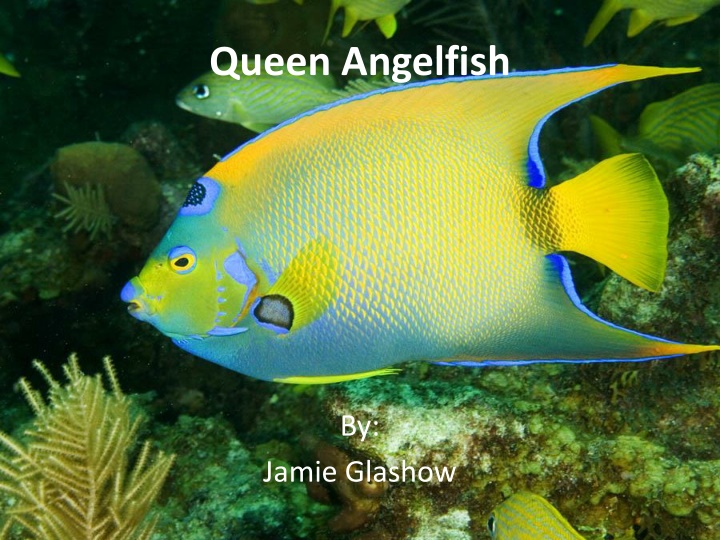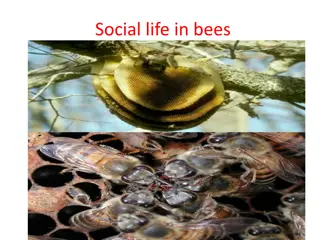Fascinating Facts About Queen Angelfish
Queen Angelfish, characterized by their vibrant blue and yellow coloration, are known for their unique features and behavior. They have a varied diet including sponges, jellyfish, and algae. Juvenile angelfish serve as cleaners, removing parasites from larger fish. These colorful creatures typically inhabit the Western Atlantic and are found in pairs year-round. With a lifespan of up to 15 years, they are shy yet curious, but their consumption can lead to toxic poisoning. Watch a video to learn more about these fascinating marine species.
Download Presentation

Please find below an Image/Link to download the presentation.
The content on the website is provided AS IS for your information and personal use only. It may not be sold, licensed, or shared on other websites without obtaining consent from the author.If you encounter any issues during the download, it is possible that the publisher has removed the file from their server.
You are allowed to download the files provided on this website for personal or commercial use, subject to the condition that they are used lawfully. All files are the property of their respective owners.
The content on the website is provided AS IS for your information and personal use only. It may not be sold, licensed, or shared on other websites without obtaining consent from the author.
E N D
Presentation Transcript
Queen Angelfish By: Jamie Glashow
Characteristics Body color can be described as blue to blue- green with yellow rims on its scales Blue spot on its forehead is how you identify the queen angelfish Lips and dorsal fins are blue The pectoral and ventral fins are yellow
Diet Sponges Tunicates Jellyfish Corals Plankton Algae
Juveniles Angelfish Dark bodies with yellow lips, gills, and tails Serve as cleaners Parasites of larger fish
Habitat Western Atlantic Most abundant throughout the Caribbean Near shore down to the deepest portion of the reef
Reproduction Adults found in pairs all year round Long term monogamous bond Fertilized eggs are transparent Eggs float until they hatch up to 15 to 20 hours
Fun Facts Lifespan 15 years Very shy and curious Toxic poisoning has been found from eating this fish Predators are larger fish























